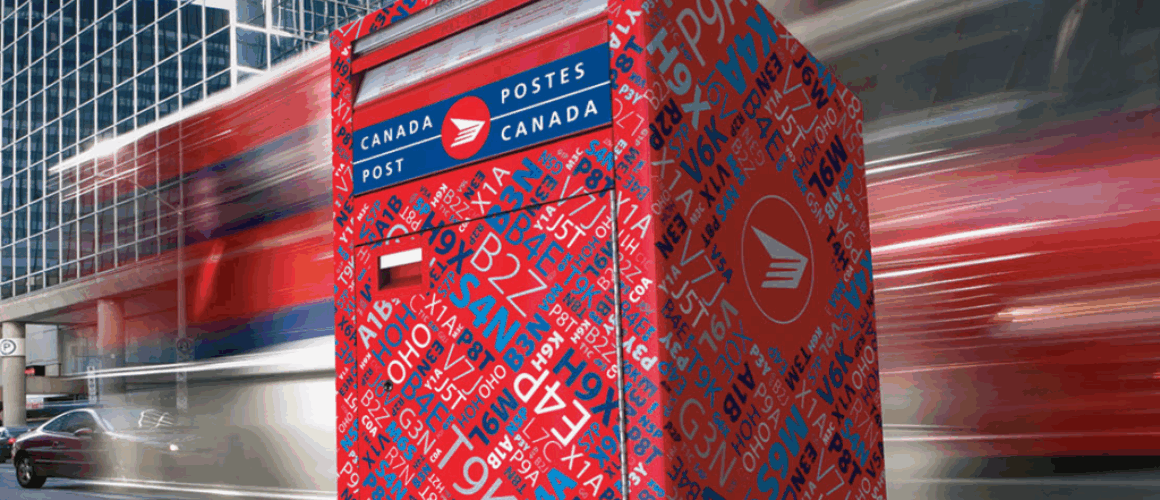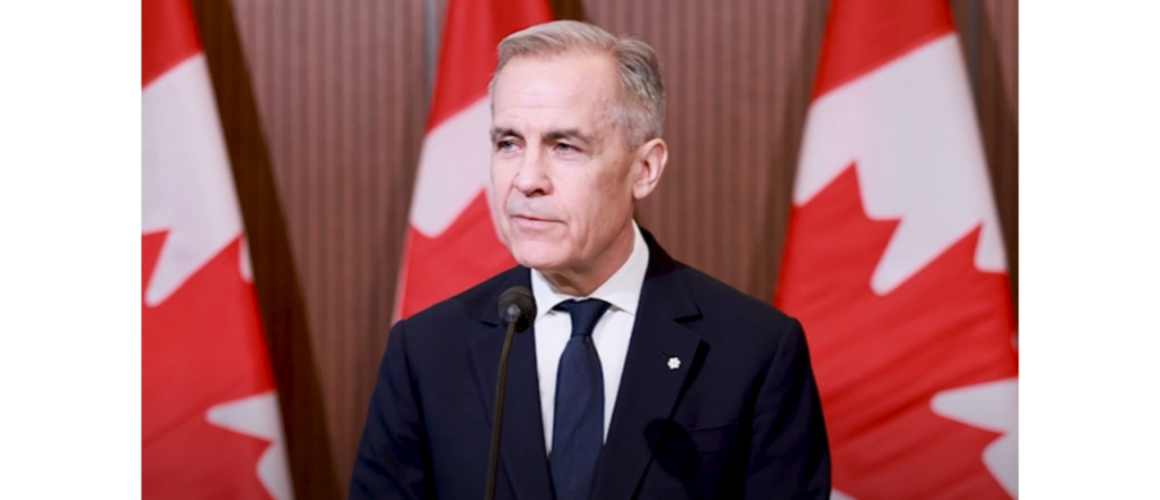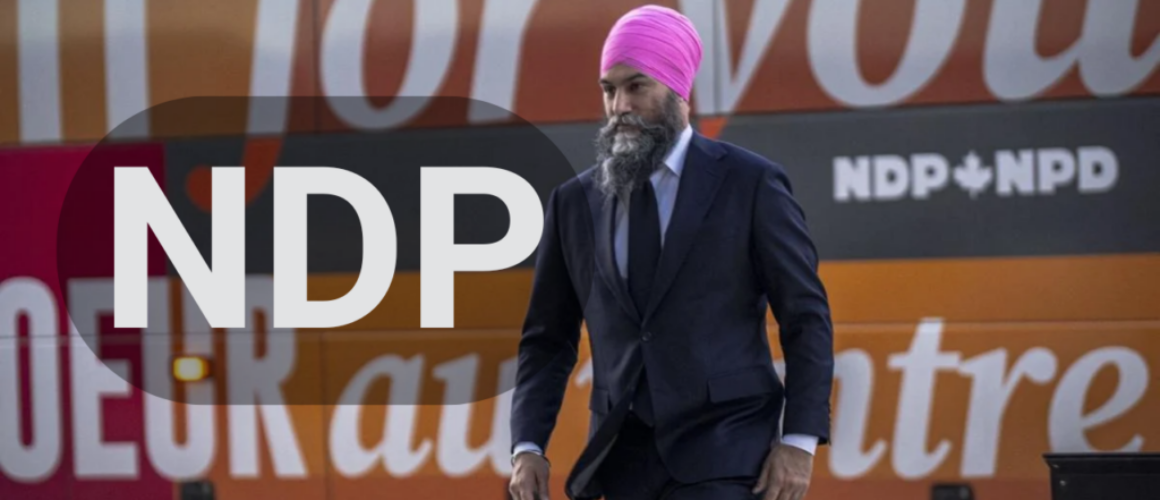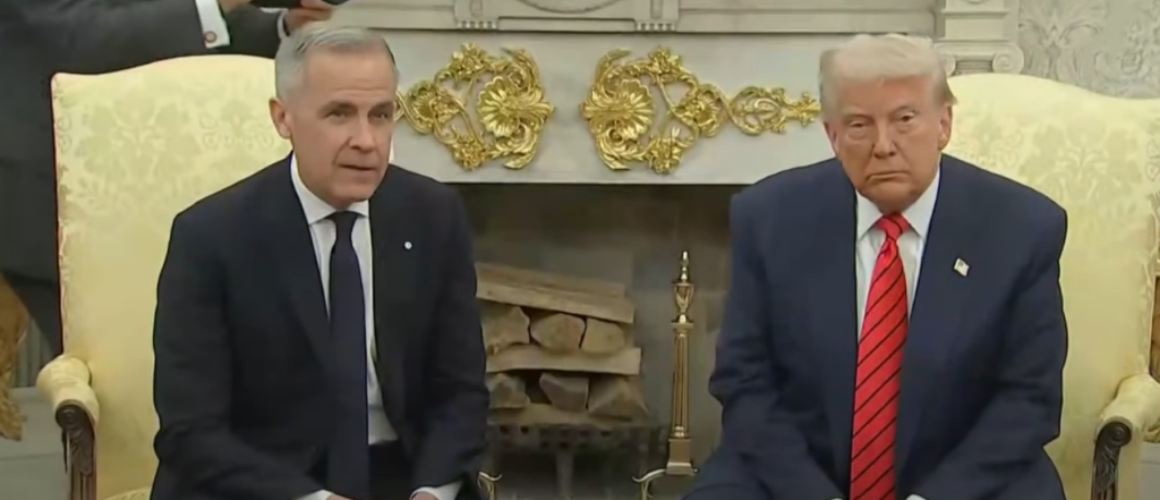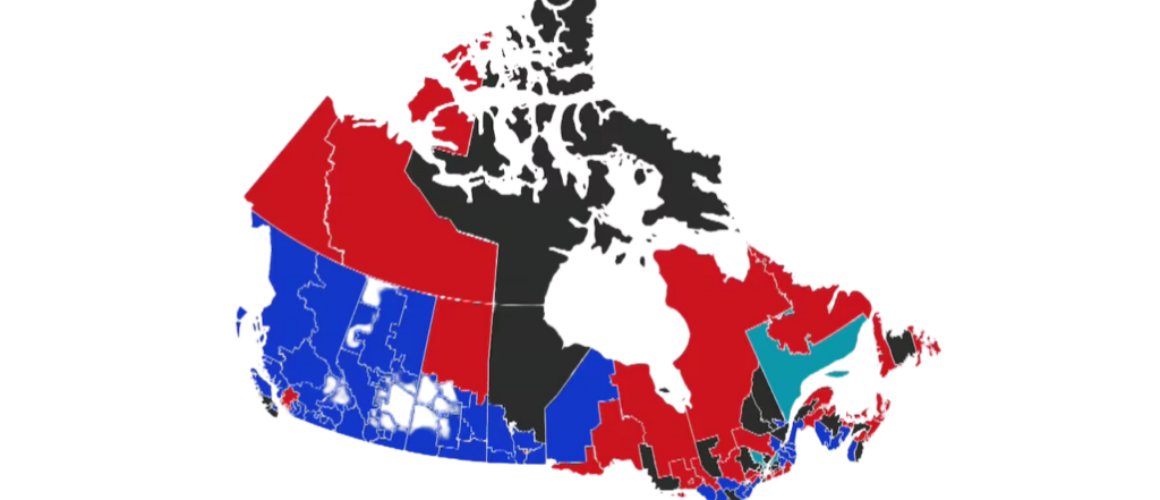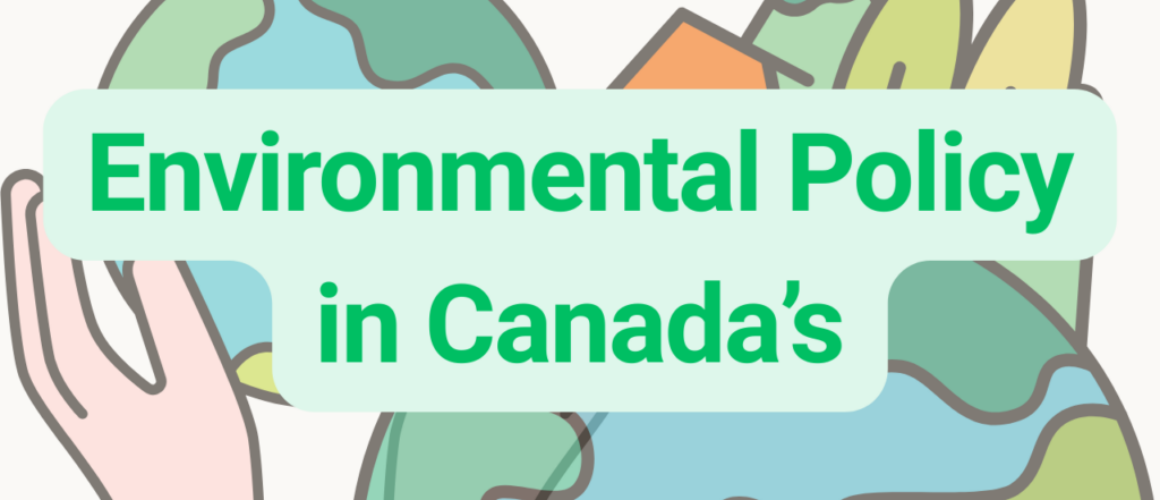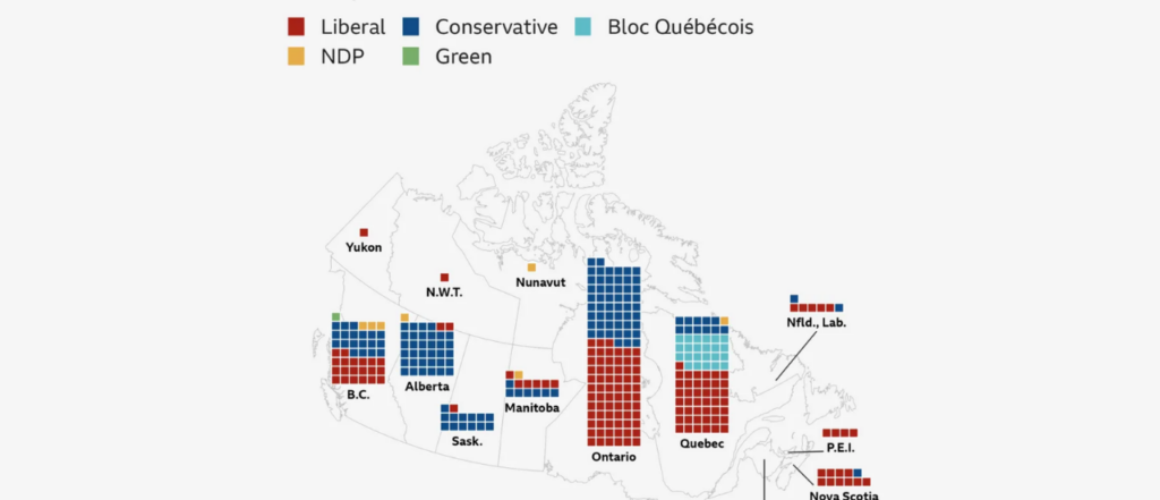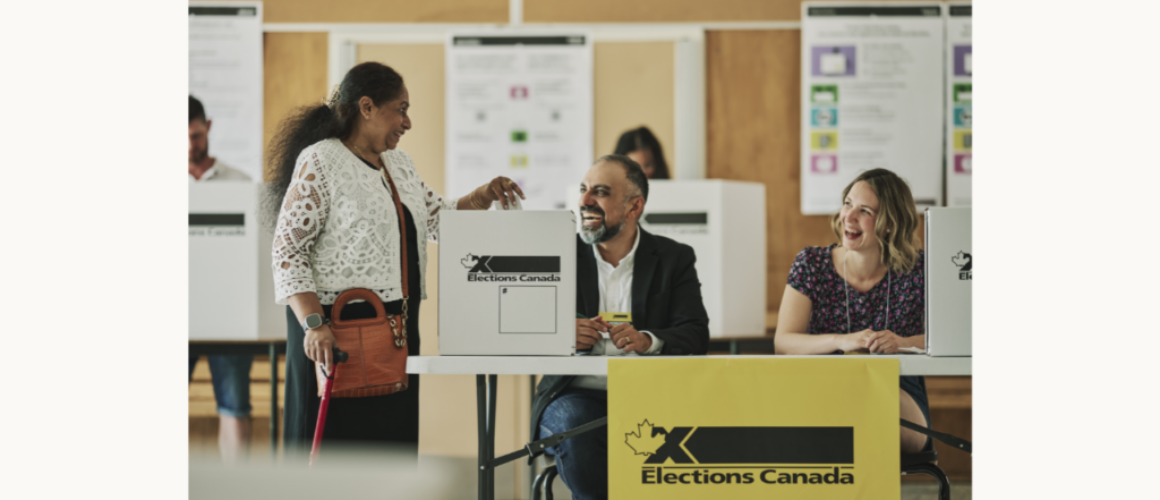The 2025 Canadian federal election revealed an emerging political divide that had been bubbling under the surface for years—the growing rift between suburban and inner-city voters. Historically, Canadian politics has been dominated by urban and rural divides, with urban centers such as Toronto, Montreal, and Vancouver often setting the political tone. However, in 2025, it was the suburbs that emerged as the key battleground, reshaping traditional voting patterns and forcing political parties to reconsider their strategies.
While major cities have long been seen as progressive strongholds, it was the suburban ridings that played a pivotal role in this election. Suburbs, once considered a reliable source of support for conservative-leaning parties, have become politically more complex, and their importance in the outcome of the 2025 election cannot be overstated.
Suburbs: A Changing Political Landscape
In the past, suburbs were considered a safe zone for the Conservative Party, with many residents identifying as fiscally conservative and socially moderate. However, in 2025, many suburban voters expressed dissatisfaction with the status quo, shifting away from traditional party lines in favor of parties that addressed their unique concerns.
A growing sense of alienation in suburban communities, especially in major urban centers like Toronto, Calgary, and Vancouver, has fueled this shift. Suburban areas—once seen as places of economic opportunity and upward mobility—are increasingly grappling with issues like affordability, high taxes, and rising housing costs. These concerns are significantly altering the political landscape, especially in areas that once held a significant conservative or centrist majority.
Voters in suburban ridings are particularly focused on issues like housing affordability, transportation infrastructure, and healthcare. For many suburban residents, the dream of homeownership has been increasingly out of reach. This economic anxiety was evident in the 2025 election as voters increasingly looked for candidates and parties offering practical solutions to the growing affordability crisis.
The Role of Housing Affordability
One of the defining issues in the 2025 election, especially in suburban ridings, was housing affordability. The skyrocketing cost of homes, particularly in areas like the Greater Toronto Area (GTA) and Metro Vancouver, has become a defining concern for many Canadians. The suburbs have traditionally been a place where families could move to find more affordable housing while still being close to the economic opportunities of nearby cities.
However, in recent years, the rapid increase in home prices has made this a far less attainable dream. In suburban ridings, the issue of affordable housing was central to voter decision-making. While urban voters typically lean toward parties that emphasize affordable housing programs and social justice, suburban voters have begun to look for policies that address both the supply and demand side of housing.
The Liberal Party, traditionally aligned with progressive housing policies, found strong support in urban centers but struggled to secure votes in suburban ridings. Voters in these areas, particularly those under 40, became increasingly concerned about the lack of affordable housing and high property taxes. The Conservative Party capitalized on these concerns, promising policies aimed at easing housing regulations and increasing the availability of low-cost housing options.
Moreover, suburban voters were drawn to candidates who promised to address transportation infrastructure, which has become a major issue in sprawling suburban areas. Many suburban Canadians face long commutes, dealing with inadequate public transit options and congested roadways. Candidates who proposed building new commuter rail lines or expanding bus routes in these areas found favor with voters frustrated by their daily commutes.
The Inner Cities: A Different Set of Priorities
While suburban voters focused on affordability and infrastructure, inner-city voters were more likely to prioritize issues such as environmental sustainability, social justice, and public healthcare. The political divide between the suburbs and inner cities has become increasingly apparent in recent years, and the 2025 election confirmed that this divide has become more pronounced.
In inner-city ridings, the Liberal and NDP parties performed well, as voters in these areas continue to prioritize progressive policies on climate change, income inequality, and healthcare reform. Inner-city voters are more likely to support ambitious climate policies and expanded social programs, viewing these issues as essential to maintaining the health and well-being of their communities.
The Liberals, with their focus on environmental sustainability and social justice, were able to rally significant support in these areas, especially from younger voters who are deeply concerned about the future of the planet. Meanwhile, the NDP made inroads in urban ridings with their promises of expanding social services, tackling housing inequality, and implementing policies aimed at reducing wealth inequality.
However, even in these urban centers, the issues of housing and affordability were becoming more pressing. In some of Canada’s largest cities, housing prices have risen to levels that make it almost impossible for working-class families to afford a home, contributing to a growing sense of frustration and disillusionment with the political process. While the inner cities remain bastions of progressive support, they too are grappling with the economic pressures that have defined suburban concerns.
The Suburban-Urban Political Realignment
The 2025 election demonstrated that the traditional urban-rural political divide is increasingly irrelevant in Canada’s evolving political landscape. Instead, the battle lines are now being drawn between suburban and inner-city voters. The suburbs, once the stronghold of conservative-leaning Canadians, are becoming more politically diverse, with an increasing number of voters leaning toward progressive policies, particularly around issues like housing affordability and public transportation.
Political parties in Canada will need to adapt to this new political reality if they want to remain relevant. The traditional approach of focusing on urban or rural voters no longer suffices—political strategies must now consider the unique needs and concerns of suburban communities, which are often caught in the middle of both economic and political shifts.
For the Conservatives, winning back suburban voters will mean addressing their concerns about affordability and infrastructure while offering pragmatic solutions that resonate with the middle class. For the Liberals and NDP, the challenge will be finding ways to balance their progressive social policies with the economic realities faced by suburban families.
In the end, the 2025 election was not just a battle between left and right—it was a contest between two vastly different visions of Canadian society: one that values social equality and environmental sustainability, and one that seeks to secure economic stability and opportunity in an increasingly uncertain world. As this new suburban-urban divide continues to grow, the political future of Canada will likely hinge on which party can successfully navigate this complex and evolving landscape.
